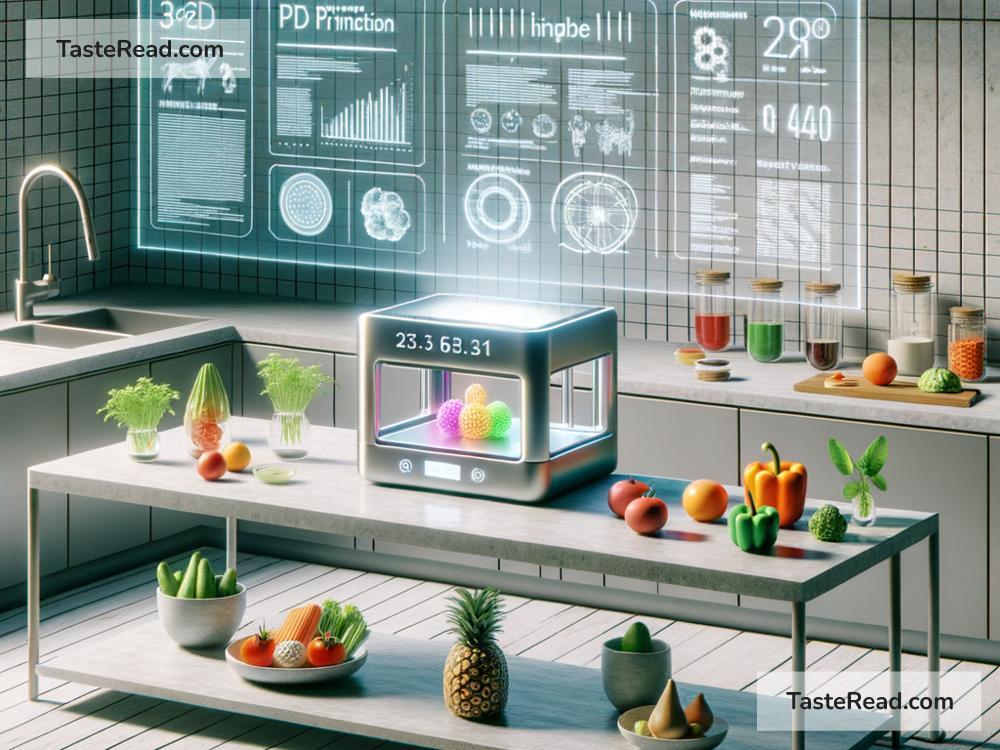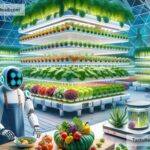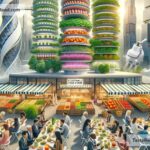The Future of Food and Human-Centered Design
The way we grow, buy, and eat food is changing fast. With new technology, growing concerns about climate change, and shifting consumer needs, food is becoming more than just fuel for our bodies. It’s part of a bigger conversation about health, sustainability, and community. The future of food isn’t just about what we eat; it’s about how we design the systems that connect people to their food. This is where human-centered design plays an important role.
What Is Human-Centered Design?
Human-centered design is a way of thinking that focuses on the needs, desires, and experiences of people. Instead of designing something purely for efficiency, cost, or convenience, human-centered design asks, “How can we make this product or service truly helpful and meaningful for people?”
When applied to food, human-centered design looks at things like:
1. How easy it is to access healthy, affordable food.
2. How people feel about the process of cooking, eating, and sharing meals.
3. How food systems (like grocery stores or farms) impact communities and the environment.
This approach allows us to think creatively and come up with solutions that meet the needs of diverse groups of people.
The Challenges With Food Today
Before we can talk about the future of food, we need to understand the problems we face today. Some of the biggest challenges include:
-
Climate Change: Farming and food production contribute to greenhouse gas emissions, water pollution, and deforestation. As the planet warms, extreme weather makes growing food harder.
-
Food Waste: One-third of all food produced globally is wasted. This happens at many levels, from farms and factories to grocery stores and households.
-
Health Issues: Some people have too much food, while others don’t have enough. Unhealthy diets lead to problems like obesity, diabetes, and heart disease, while low-income communities struggle with hunger and malnutrition.
-
Supply Chain Pressures: The COVID-19 pandemic revealed how fragile the global food system can be. Delays and shortages often happen because food production and transportation are so complicated.
-
Changing Tastes: Younger generations are more interested in plant-based foods, global cuisines, and sustainable options, but traditional food systems aren’t always set up to meet these desires.
Innovations That Could Shape the Future of Food
Thankfully, food innovators are coming up with exciting ideas to tackle these challenges. Here are some examples:
-
Plant-Based Alternatives: Burgers made of beans, milk made from oats, eggs made from plants—these alternative products are growing in popularity. They use fewer resources than traditional meat and dairy, and they’re healthier for people and the planet.
-
Lab-Grown Meat: Scientists are creating real meat in laboratories instead of on farms. It sounds futuristic, but lab-grown meat could reduce environmental harm and animal suffering, while still giving people the flavors they love.
-
Vertical Farming: Instead of growing food in wide fields, vertical farms stack plants in layers inside buildings. These farms use less space and water and can grow fresh produce close to urban areas.
-
Food Tech Apps: Imagine an app that lets you track where your food came from, or one that offers recipes based on the ingredients you already have at home. Digital tools are helping people reduce waste, cook more creatively, and connect with local farmers.
-
Packaging Innovations: Some companies are creating edible or compostable packaging, so there’s less plastic waste. Others are making clear labels that help people understand what’s healthy and sustainable.
How Human-Centered Design Fits In
Now, let’s connect the dots. While these innovations are exciting, they need to work for real people, in real communities, to truly make a difference. Human-centered design ensures that new food systems and products are practical, accessible, and inclusive.
For example:
– Vertical farming could be made affordable for low-income neighborhoods, so everyone has access to fresh produce.
– Plant-based alternatives could be designed to meet cultural tastes, ensuring they appeal to people from all backgrounds.
– Apps and technology could be simplified for people who don’t have smartphones or who struggle with internet access.
Human-centered design asks important questions, like:
– Who is being left out?
– How do we make food systems fair and inclusive?
– How do we balance convenience with environmental sustainability?
Food as a Shared Experience
Food isn’t just about survival—it’s about connection. Mealtimes bring families together, traditional recipes pass culture from one generation to the next, and sharing food strengthens community bonds. The future of food has to honor these experiences.
When designing food systems, it’s important to think about how food can bring people together, whether it’s through public gardens, community kitchens, or neighborhood farmer’s markets. Human-centered design focuses on these emotional and social aspects, not just the practical ones.
Conclusion
The future of food is both exciting and challenging. With smart innovations like lab-grown meat, vertical farming, and plant-based alternatives, we can solve many of today’s problems. But true progress comes when we keep humans at the center of every design decision. By asking “What do people need?” and “How can we make food systems fair, healthy, and joyful?” we can build a future where food is good for everyone—and the planet, too.
As these changes unfold, remember that every choice you make matters, whether it’s switching to a plant-based meal, supporting local farmers, or reducing food waste at home. Together, we can shape a food system that’s not just innovative, but meaningful for everyone.


